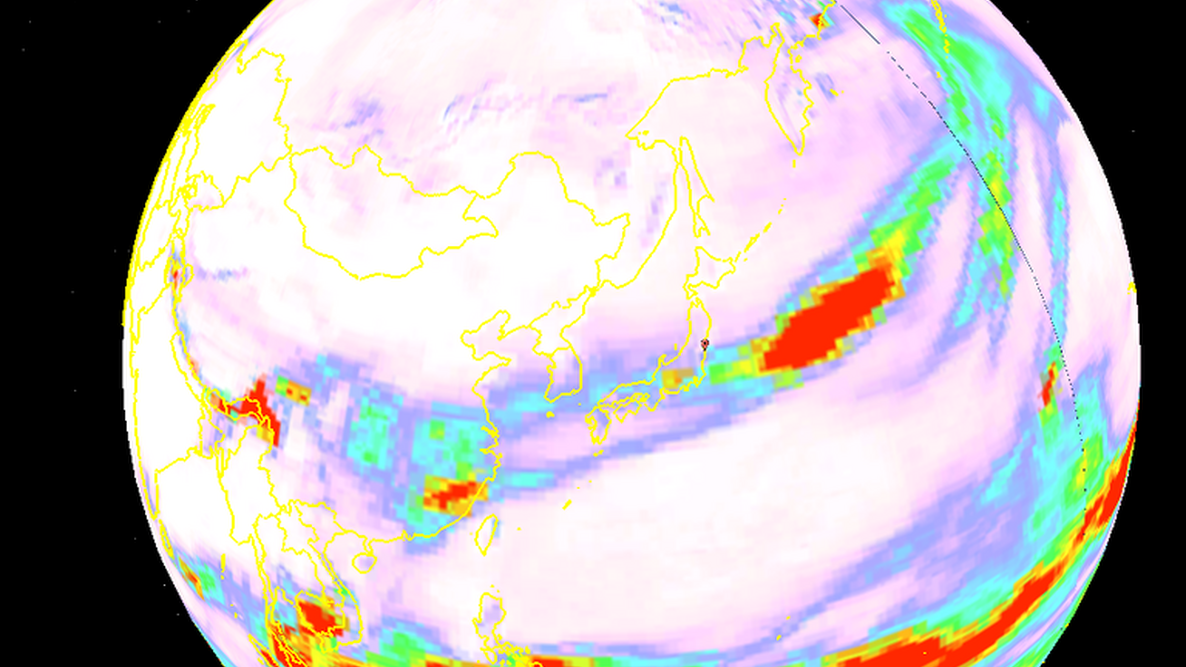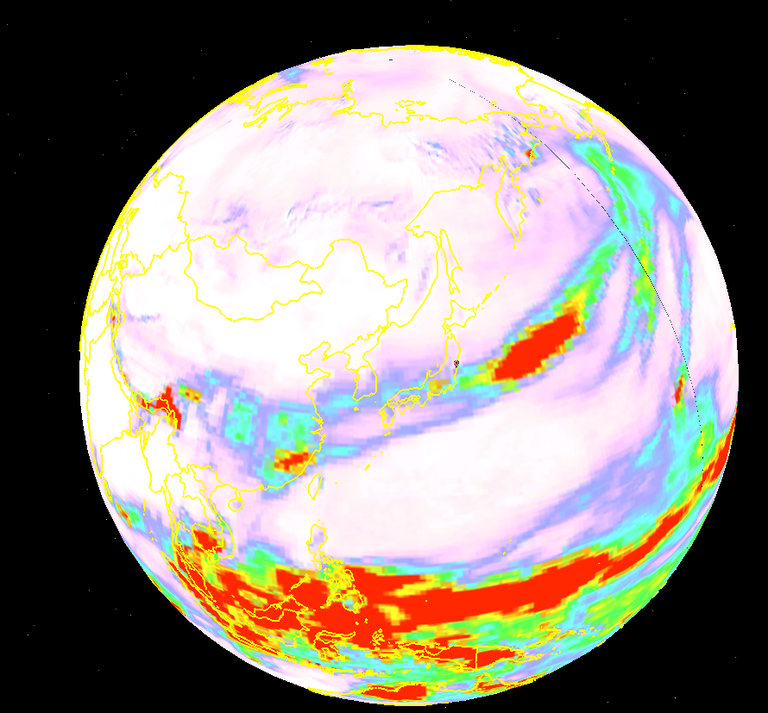
ADVERTISEMENT
Reaction between Boric Acid , Heat and Ozone
This was done to cool the Reactor intially..Not a good Idea...Proven that Boric acid released as steam will further weaken the Ozone layer...Try water only
The reason why the media tells us lies, or fabricates the truth, is because could you imagine if they told the whole truth?? That would send most of us into a serious panic. While i don't know just how much of what My House is saying is true on the radiation in the foods, we do know that alot of the other stuff is true. The media constantly doesn't tell the truth about stuff, or tells another side of things. Not the whole truth. People need to WAKE UP!!! I used to be blind to once..
I wish I had the time on my hands to do such extensive research as many people have done regarding this issue. I choose to believe what the author wrote, since she is the expert and I am not. People are very worried about this and have spent countless hours at their computer doing research - is that healthy? Many people may be so worried they've lost sleep. Is that healthy? In my opinion, worrying about the "what ifs" can be just as detrimental to someone's health. There's risk everywhere, and often the most danger is closer than we think. I am not worried about the radiation from Japan - I have enough to worry about right here under my own roof.
Whilst I am not as cavalier as MS Browning Garriss, I am not running for the Potassium Iodide pills with my tin foil hat on either.
I have been a nuclear chemist and now I am an atmospheric chemist. The idodine 131 is not much of a problem for us here in the US. The half life is less than 8 days (less than the average time it would take for the particles to get here. Cesium 137 is problematic because it replaces potassium in your blood and can settle in your bones making them softer.
The concentration here is very low. It is above the background radiation but still is no worse than standing next to your local coal-fired power plant, which emits these radioactive particles and more EVERY DAY.
I would be worried if I lived within 100km from these reactors, but since several thousand miles separate us, I have the luxury of just observing and modeling where the particles go. That and I do not like sushi.
In the later paragraph it says:
"Precipitation rained most of the radiation out into the Pacific. The ocean circulation has absorbed and diluted the radiation, letting it sink below the surface. It’s tough if you are a fish but really cool for Californians."
WHAT ABOUT OUR EATING ANY OCEAN FISH??
I think you missed the point of my post.
Hiroshima was a terrible atrocity, no doubt, but, it doesn't have anything to do with my above post. Also, I lived in Japan for many years and still have many dear friends there that I worry about daily. My heart goes out the country for the destruction, lives lost, and the coming health crisis due to radiation exposure. It was a horrible act of nature.
Though, that does not erase the fact that the reactors are still leaking radioactive material into the atmosphere and that it has been found in the United States and Europe. I am placing blame on our government and media for not informing us as to what the realities and amounts of the radiation exposure are. I am by no means a nuclear physicist but I am however educated and have a lay knowledge of shelf life and effects of different types of radiation exposure.
As to your statements; We do know what the wind and weather patterns have been. We do know that radiation has been found in milk at 300% over what the USDA has deemed safe levels. We do know that the US radiation metering systems in several locations are not functioning properly and that Canada has turned their monitoring system off. We do know what types of radiation were released. I’ve done my homework.
I am absolutely posting due to concern for others who will not and have not gotten accurate information from the above article and main stream media, which was stated in the first two sentences of my previous post.
Concerned? ABSOLUTELY! How can I not be? We’re in this together? Of course we are! I will not just shrug my shoulders and hope that my daughters don’t come down with breast cancer in 10 or 20 years (iodine 131). I will be proactive in my life and my community to help those uninformed make educated decisions not ones based on misinformation.
I suggest you do some homework to find out what is really going on then come back with your arguments and we can have an educated debate.
P.S. I’m sure you’ve heard of food preservation ie canning, drying...
"It has been 65 years since Hiroshima, do you hear anything about rebuilding in the area, no because the atomic radiation is still deteriorating.." You should check out their online travel guide...
http://www.japan-guide.com/e/e2160.html
Not quite the bleak travel destination one would expect...lol
You know compared what we did in 45' times two, why are you worried. To "My House", you would need to know what type of radiation was released. The atmosphere, weather, wind, etc., all play into this. Stocking up on a year's worth of meat will not help. One power outage for whatever reason and you are screwed. As for waiting it out, do you know anything about the "half live" of radioactive materials? It been 65 years since Hiroshima, do you hear anything about rebuilding in that area, no because the atomic raditation is still deterioating. Good luck waiting it out inaddition to the power outage. Like I said with all the testing over the years why are you worried. Show some concern for a change, we are all in this "radiation" problem.
The rebuilding started almost right away. People have lived in Hiroshima since The Bomb was dropped. That is why you don't hear about rebuilding Hiroshima.
And yes there is a difference between beta and gamma radiation. But there is no cause to blow this out of proportion.










